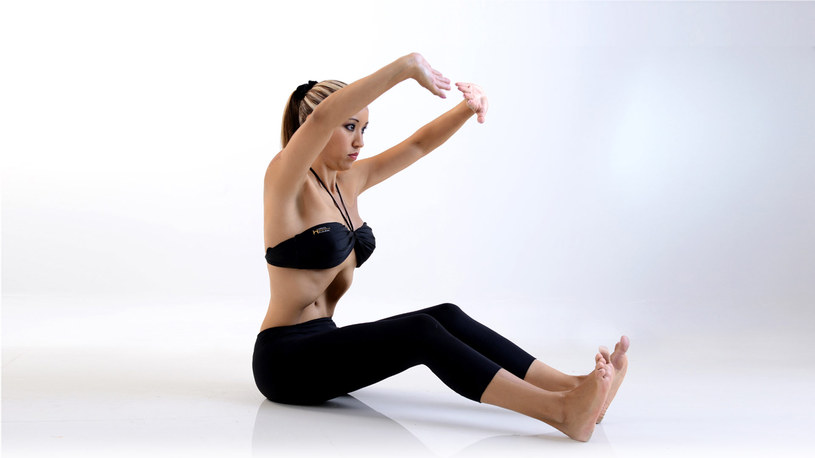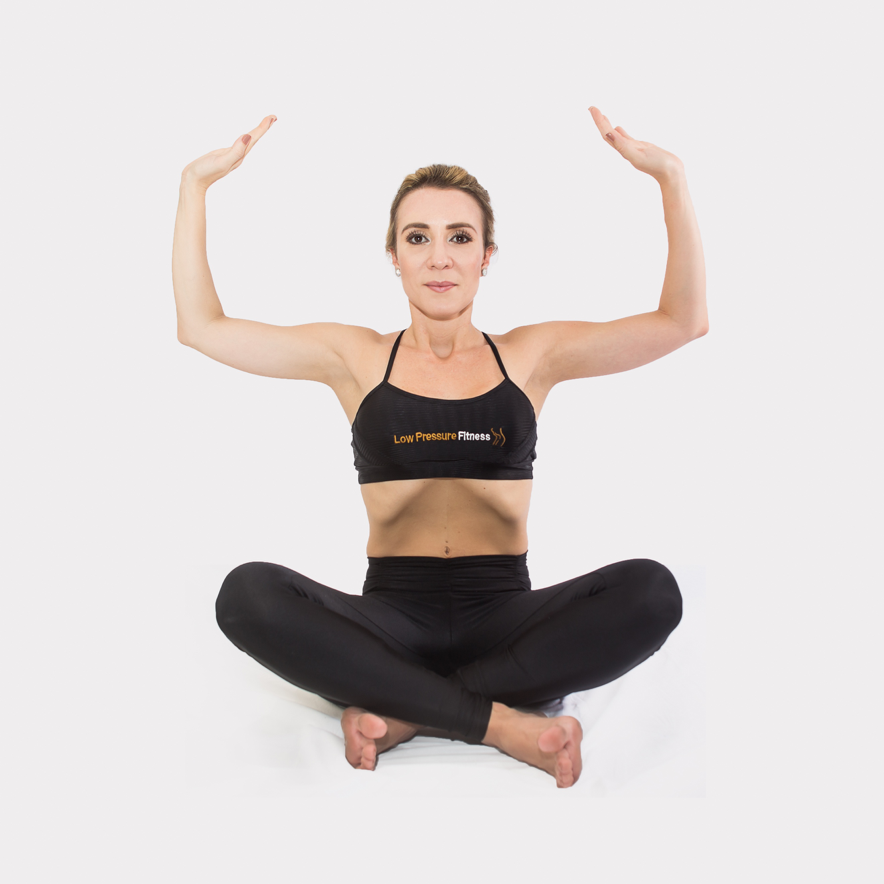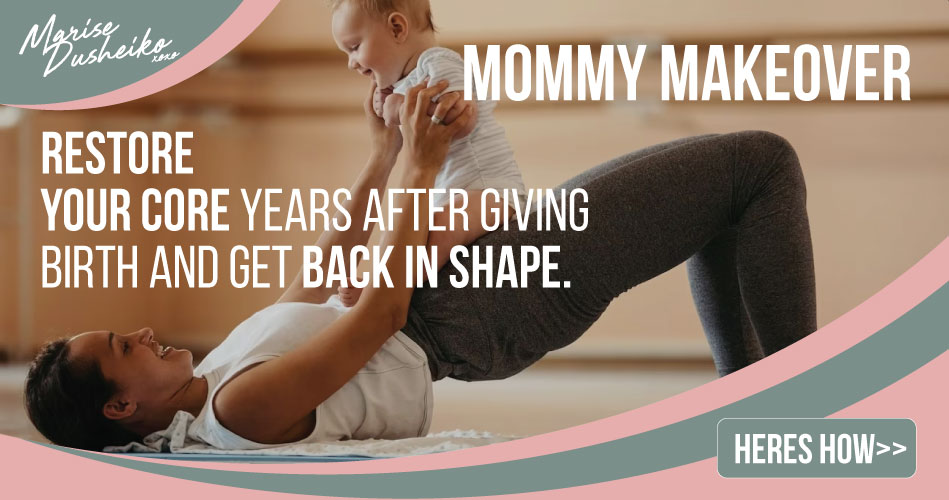The Amazing New Fitness Technique That will completely heal your body postpartum!
Low Pressure Fitness (LPF), also known as Hypopressive exercises, is a specialized form of exercise that focuses on reducing intra-abdominal pressure while strengthening the core and pelvic floor muscles. It was initially developed to help women with postpartum recovery, although it is now becoming more mainstream and is being incorporated into exercise regimes by athletes, artists and even yoga and Pilates practitioners.
How it works
LPF is a postural re-education methodology that combines breathing techniques with postural cues and myofascial stretching.
It works by targeting all four primary core muscles simultaneously – the diaphragm, pelvic floor, transverse abdominis and spinal multifidus.
The goal is to get these four core muscles to function together coherently and involuntarily so that the body is prepared for and able to manage any type of movement and the accompanying intra-abdominal pressure produced as a result of that movement.
Intra-abdominal pressure
Intra-abdominal pressure or IAP is the pressure inside our abdominal cavity between our pubic area and diaphragm. Any action we take, be it standing up, coughing, running or even talking creates IAP. It is the job of the core to manage this pressure by contracting and relaxing muscles correctly so that at no point the pressure becomes too great for us. If it does, this creates issues – like leaking when you sneeze.
In fact, when performed correctly, the hypopressives or stomach vacuums you learn as part of your LPF practice should create negative IAP which suctions up your pelvic organs, tightens your waist and activates the muscles in your spine and diaphragm – all the things needed to heal a tired pelvic floor and weakened abdominal wall.
Here are some potential benefits of Low Pressure Fitness or Hypopressives for postpartum women.
Core and pelvic floor recovery
After pregnancy and childbirth, the abdominal and pelvic floor muscles may become weakened and stretched. LPF exercises can help in toning and strengthening these muscles, aiding in the recovery of core stability and pelvic floor function.
Diastasis recti improvement
Diastasis recti is a separation of the rectus abdominal muscles that can occur during pregnancy. Low Pressure Fitness can help in narrowing the gap between the abdominal muscles by activating the deeper transverse abdominals, potentially reducing or improving the condition.
Pelvic organ support
LPF can improve the tone and function of the pelvic floor muscles, providing better support for the pelvic organs (bladder, uterus, and rectum) and potentially reducing symptoms like urinary incontinence and prolapse. In addition, the pelvic floor is re-trained to function together with the other core muscles, making its job easier and more effective.
Posture improvement
Low Pressure Fitness emphasizes proper alignment and breathing techniques, which can lead to better posture and reduced strain on the back and pelvis. The postures also promote skeletal alignment and better positioning of the internal organs creating a more balanced internal system.
Reduced back pain
By targeting the core muscles and improving posture, LPF can alleviate some of the back pain that may be common during the postpartum period. As the muscles of the spine become stronger, you may experience enhanced athletic performance and reduced recovery time as an added benefit.
Circulatory benefits
The hypopressive breathing technique used in Low Pressure Fitness can enhance blood circulation and lymphatic drainage, potentially reducing swelling and promoting tissue healing.
Stress and relaxation
LPF incorporates breathwork and mindfulness, which can aid in relaxation and stress reduction, which are essential aspects of postpartum recovery.
Low-impact exercise
Low Pressure Fitness is generally considered a low-impact form of exercise, which can be beneficial during the postpartum period when the body is recovering from childbirth. The movements are static and generally non-weight bearing which is perfect for new moms looking to slowly regain their strength and stamina.
When can you start?
As with any exercise program, it is crucial for postpartum women to consult with a qualified healthcare professional or a certified Low Pressure Fitness instructor before starting to ensure it is safe and appropriate for their individual condition and needs. Every woman’s postpartum experience is unique, and exercises should be tailored accordingly to avoid potential risks and complications but for women who had a natural birth, they should be safe to start at 6 weeks postpartum and 12 weeks for women who delivered via c-section.
For additional support and/or guidance on how to begin your postpartum wellness journey, reach out via email or social media anytime or checkout my 12-week signature postpartum wellness program, Mommy Makeover (this program includes Low Pressure Fitness).





